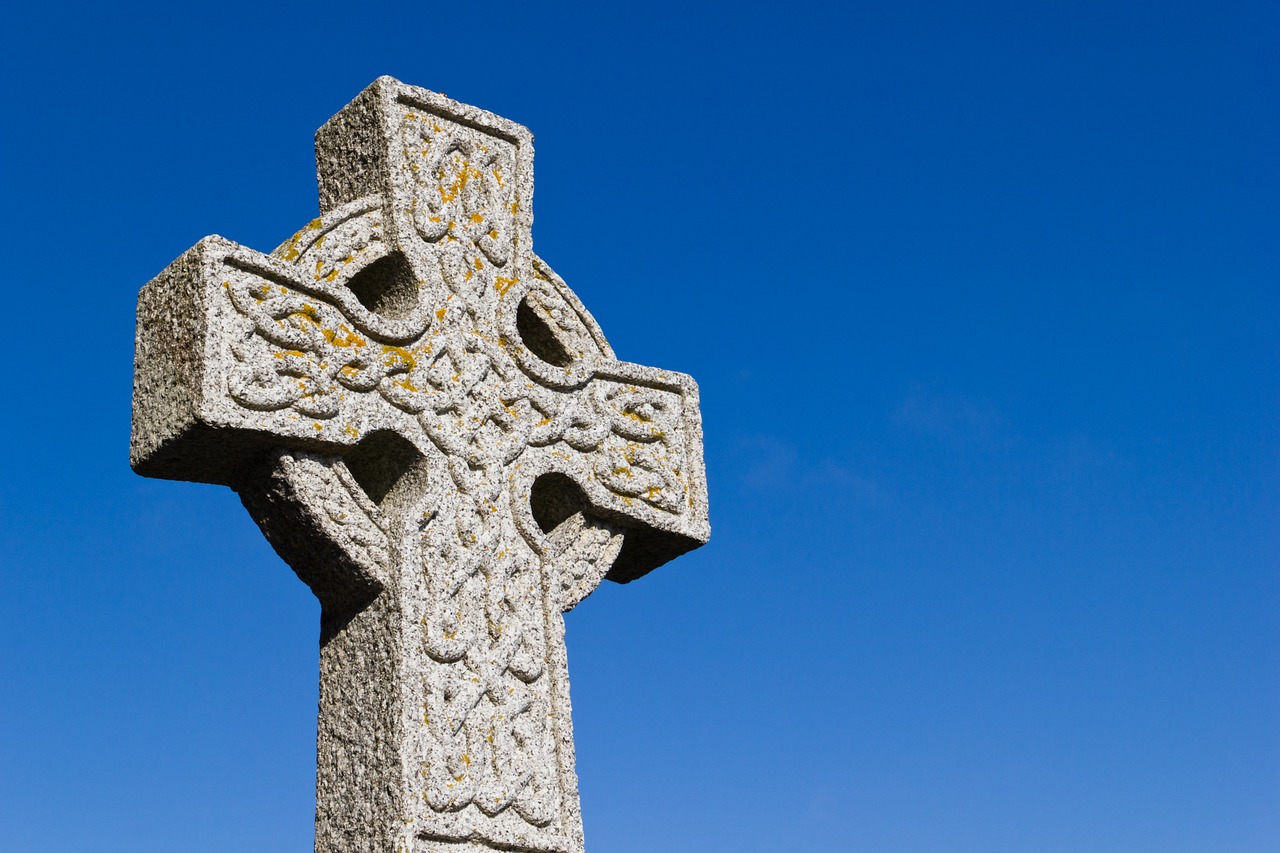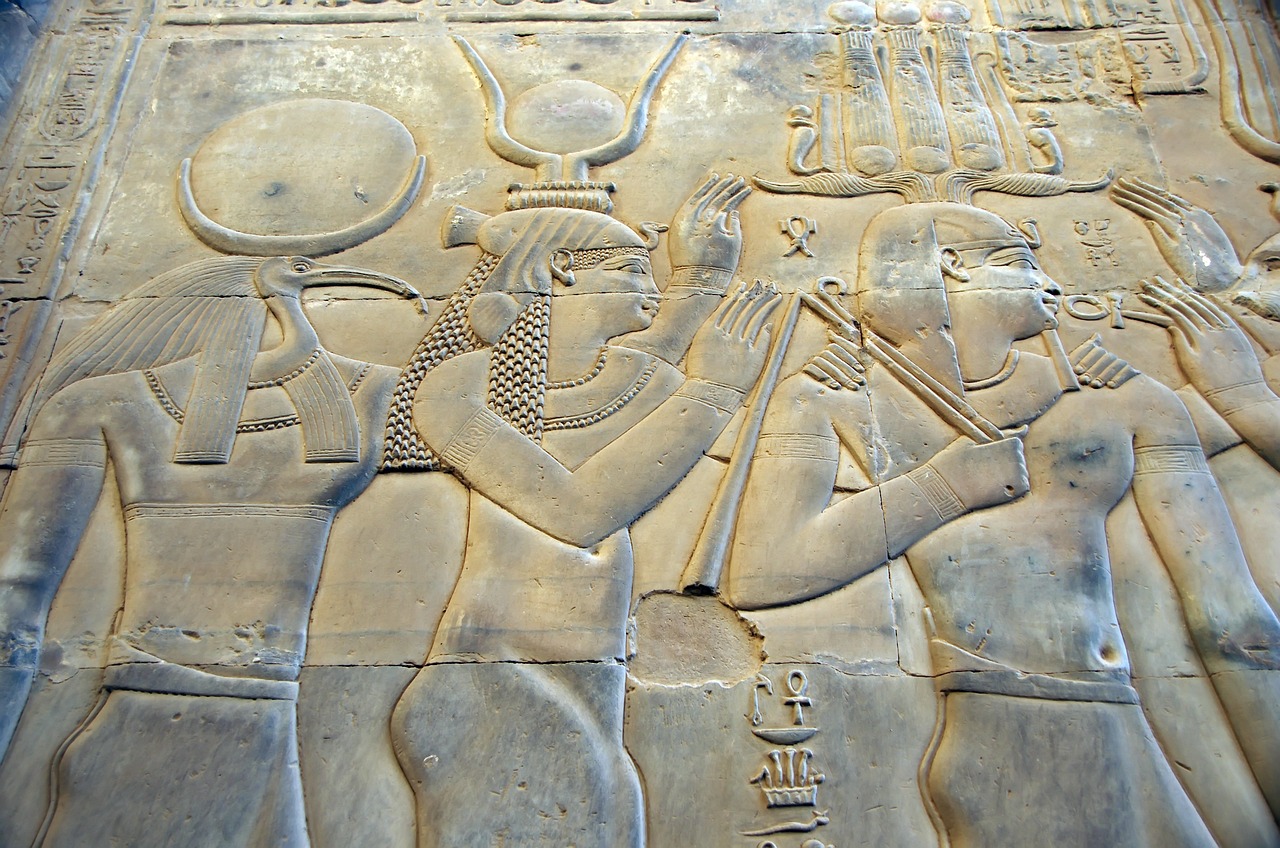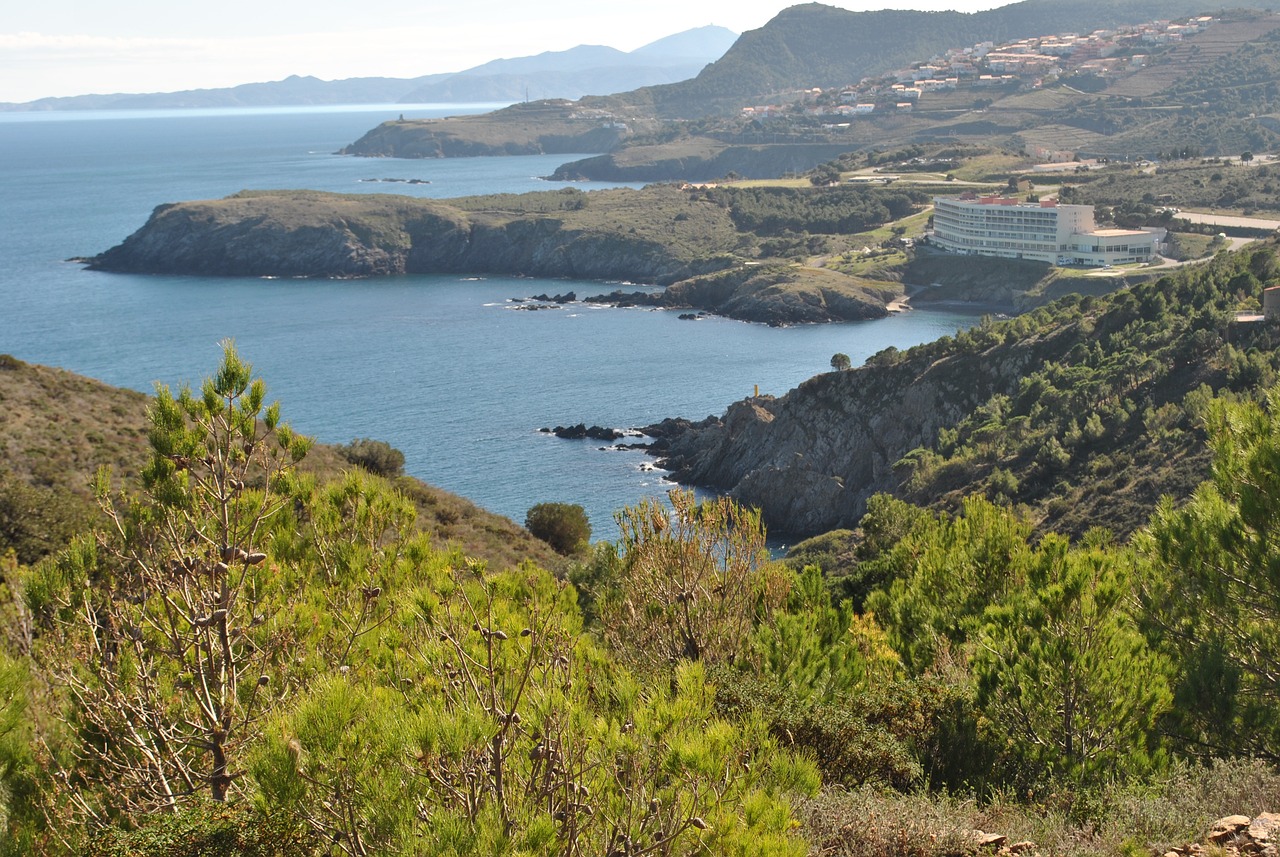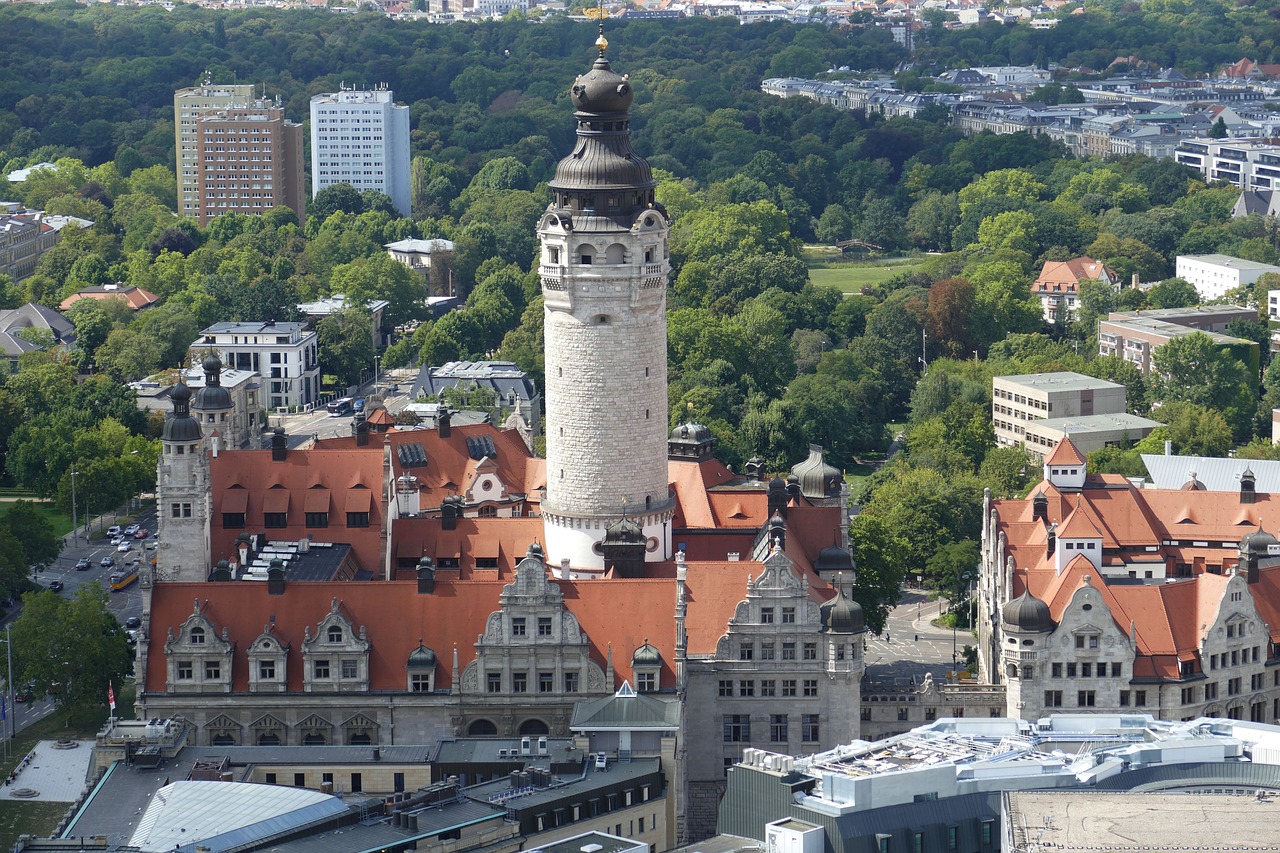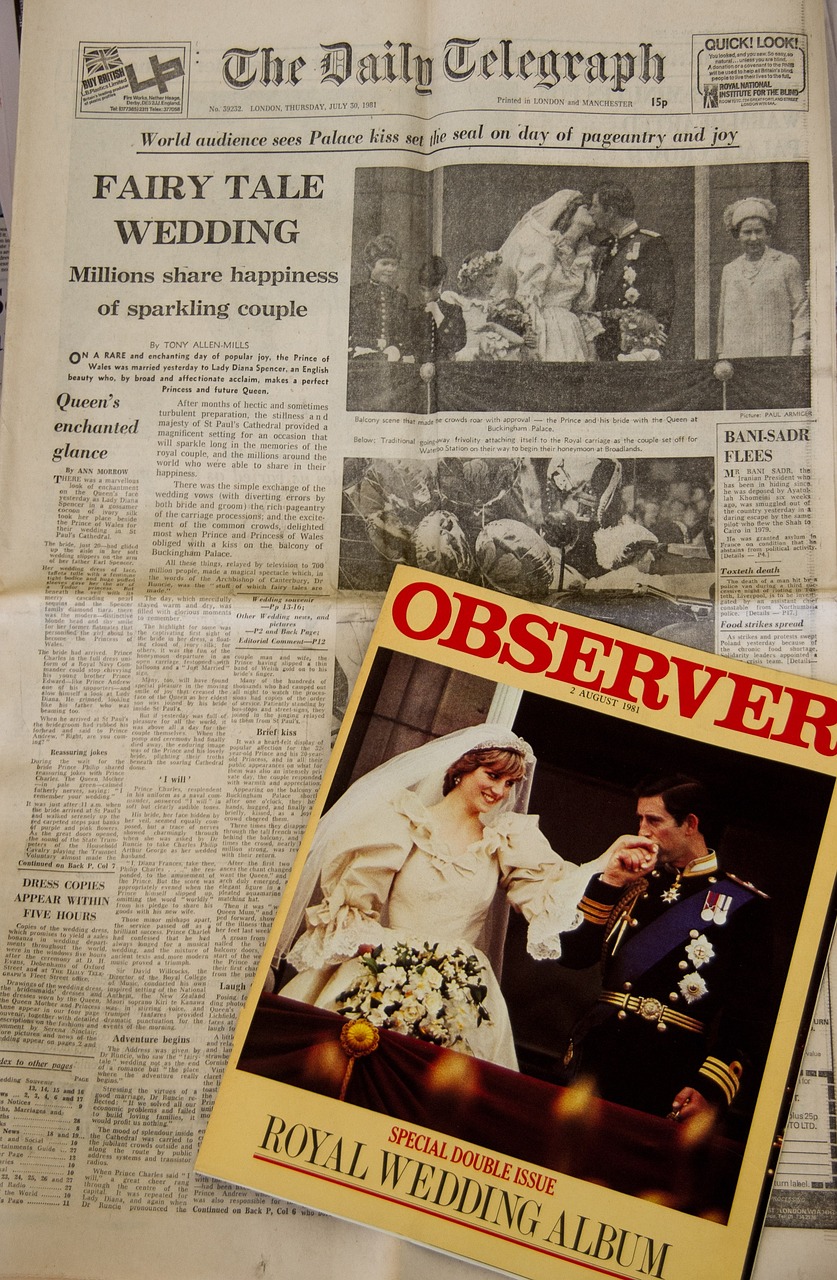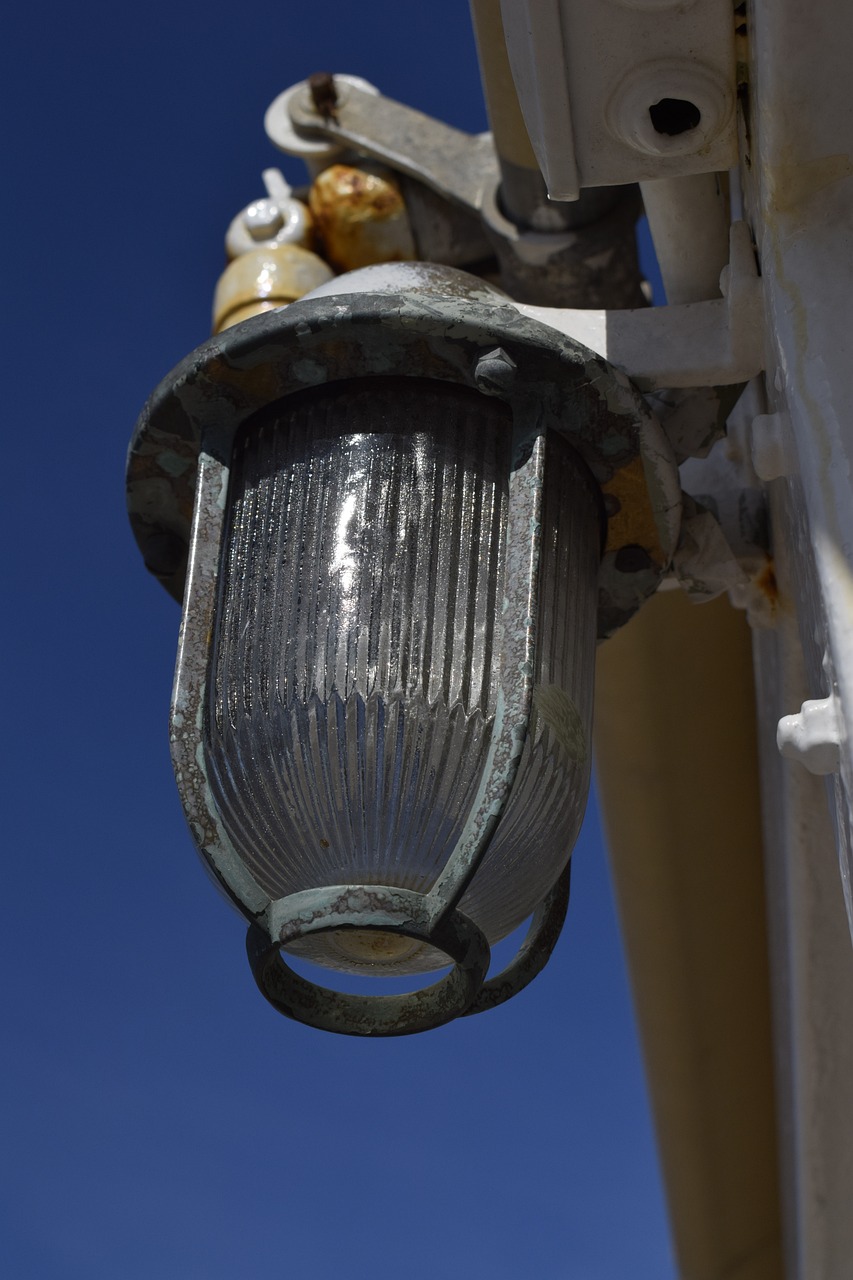Author: Erlang Shen
-
Neptune: A Unique Celtic Perspective On the first day of December, aligning with the new moon, the Romans engaged in offerings to Neptune—a fascinating observance given that this deity was not particularly revered in Rome, yet commanded attention through his biannual festivals. It is noteworthy that sailors typically favored Poseidon, the Greek counterpart of Neptune.…
-
Celtic religion encompasses the beliefs and rituals of the ancient Celts, an Indo-European people who peaked in their influence and territorial range in the 4th century BC. At this time, the Celts extended from the shores of Britain to Asia Minor. Following the 3rd century BC, their prominence began a protracted decline, culminating with Julius…
-
One of the most pivotal deities in the daily life of ancient Egyptians was Thoth. The civilization was characterized by its quest for survival in a challenging landscape and the preparation for an afterlife. Thoth’s significance extended beyond being the protector of scribes and the initiator of hieroglyphic writing; he was also a vital figure…
-
Tefnut, the ancient Egyptian goddess embodying moisture, rain, and water, is a pivotal figure in the Heliopolitan Ennead, a collection of nine deities worshipped predominantly in Heliopolis. She is typically represented as a woman with a lioness’s head, symbolizing her primordial essence connected to moisture and the elemental forces of creation. In the realm of…
-
Cerberus: The Guardian of Hades in Greek Mythology Cerberus, also referred to as Kerberos, is famously known as the formidable three-headed canine guardian of the underworld in Greek mythology. This monstrous creature was tasked with watching over the gates of Hades, ensuring that the souls of the deceased could enter but never escape. In artistic…
-
Following a prolonged period marked by political chaos, civil strife, and the assassination of key leaders that led to the Roman Republic’s collapse, Ancient Rome entered a remarkable epoch of relative peace and prosperity known as the Pax Romana, translating to “Roman Peace” in Latin. Initiated by Augustus’ rise to the throne as the first…
-
The Temple of Diana, or Templo de Diana, located in Merida, Spain, is a historic site established by the Romans in the early 1st century AD following the area’s conquest by Emperor Augustus. This ancient city, originally known as Emerita Augusta, emerged as a significant hub of Roman authority after being founded for veterans from…
-
Poseidon: The Greek God of the Sea Poseidon, a prominent figure in Greek mythology, reigns as the god of the sea, storms, earthquakes, and horses. Known for his fierce temperament and unpredictable nature, he is often regarded as one of the most volatile Olympian deities. His legendary wrath, particularly when he feels disrespected, is well-documented.…
-
Medb: Queen of Connacht and Celestial Sovereignty Origins and Dominance Medb, a prominent figure from the royal lineage of Tara, is infamous for the ruthless slaying of her pregnant sister. Following this act, she aligned herself with Aillil, gaining control over Connacht—her sister’s former domain. Renowned primarily as the sovereign of Connacht during the legendary…

